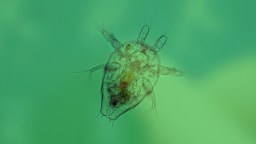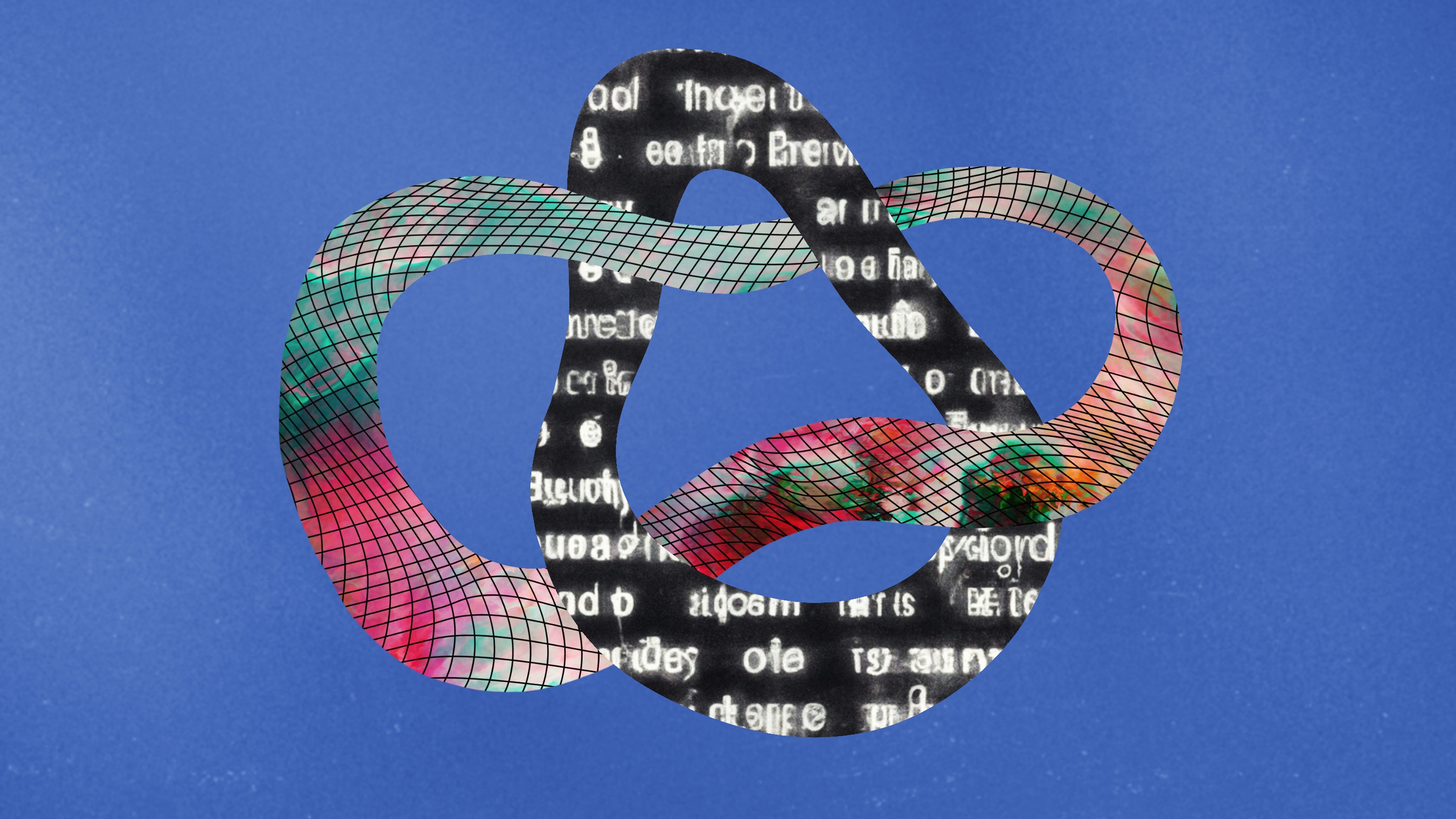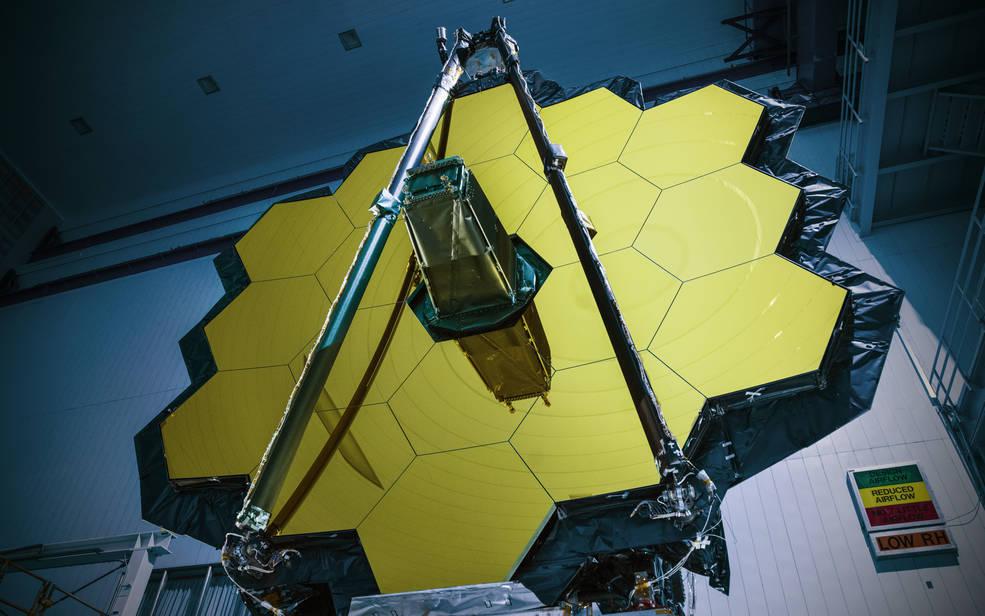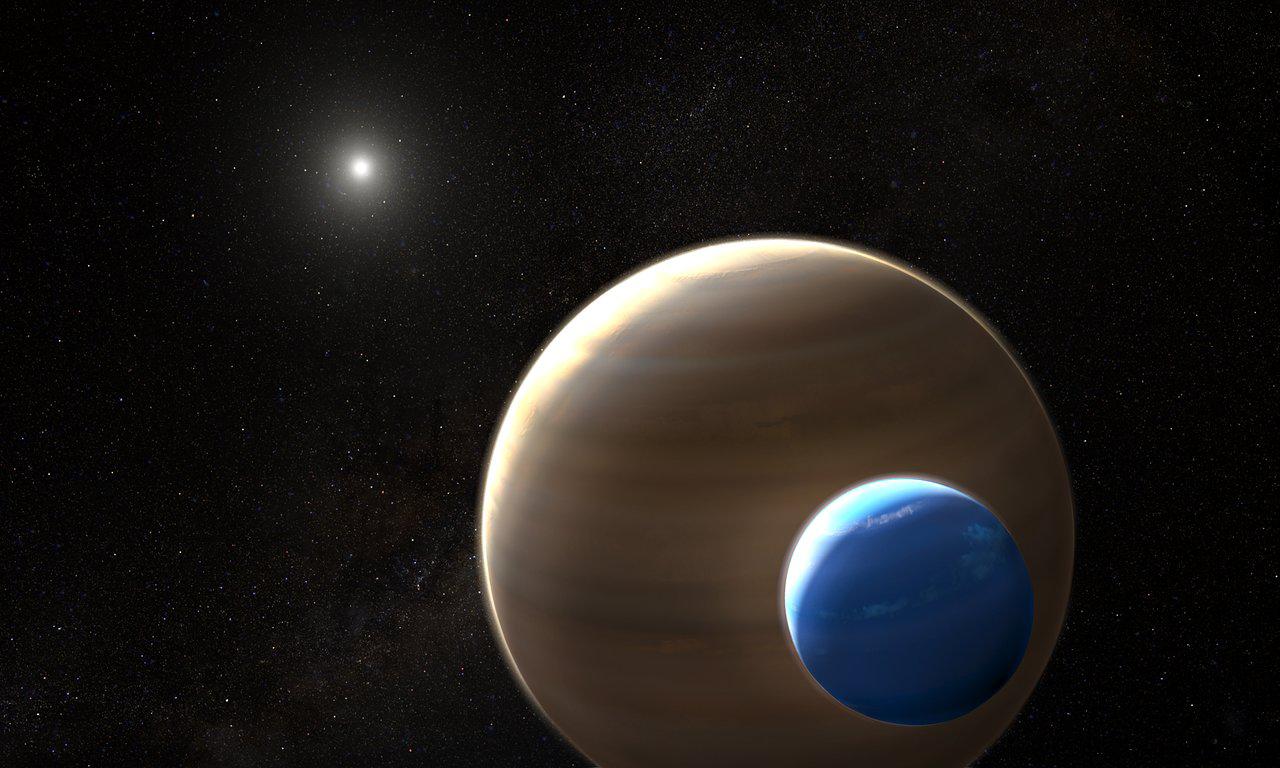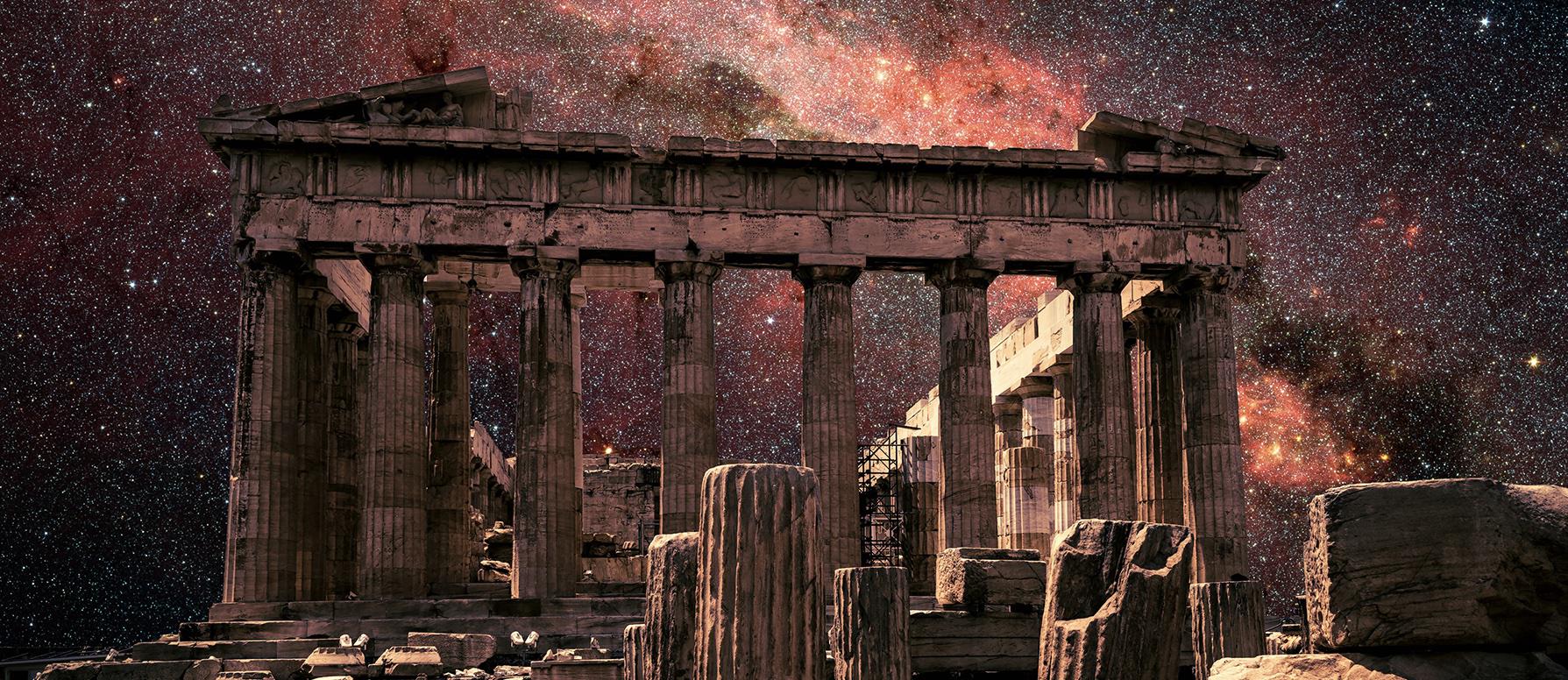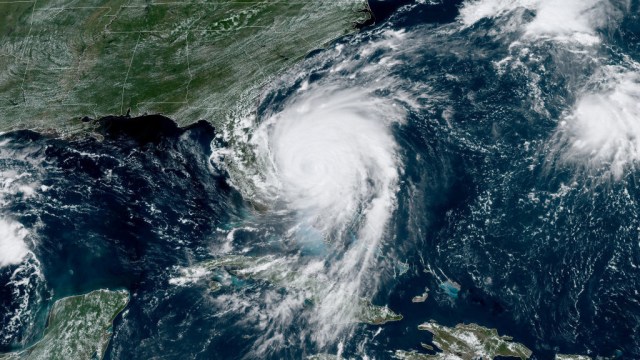The galactic tree of life
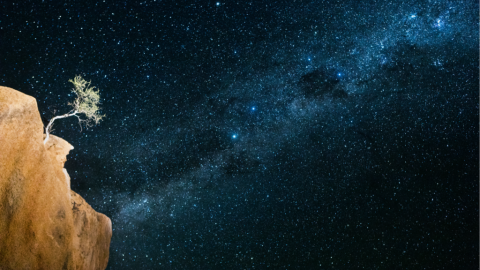
The origin of life on Earth is, perhaps, one of the most ancient and important questions haunting human beings.
In the more than a century and a half since Darwin proposed his theory of evolution, we have a robust understanding of our planet’s life, but are still without an established theory for how it all began. In the wake of recent discoveries, it might be time to give more serious consideration to the answer “somewhere else.”
Since the 1920s, many scientists have focused on developing a theory of abiogenesis—or the original evolution of life from inorganic or inanimate substances. This meant taking whatever chemical environment the early Earth provided and accounting for a transfer from chemical evolution to biological evolution. In other words, was there a straightforward way to see how a competition among different chemical reactions could give rise to self-replicating molecules? Once these self-replicators appeared, they would quickly overwhelm all other molecules, setting the process of Darwinian evolution in motion.
The famous Miller-Urey experiments in the 1950s provided a huge boost to ideas of abiogenesis by showing how the basic building blocks of Earth life (i.e., amino acids) were easily created in a test tube that simulated our planet’s early conditions. Since then, the study of abiogenesis has slowly progressed, building strong arguments for how life could have originated on Earth from non-living material.
But there was always another alternative: panspermia, the idea that life began elsewhere in the universe and was delivered to Earth via some means. While it is true that this theory pushes off the question of life’s ultimate origin, that does not mean it’s any less important. I must admit that I was one of those who, in the past, met suggestions of panspermia with raised eyebrows and a quip of “what good is that?”
These days I’m not so snarky.
(A 3D rendering of Oumuamua)
What changed my mind was the discovery of a couple of rocks from other star systems. It was just two years ago that the object named ‘Oumuamua passed through our solar system. ‘Oumuamua was likely an asteroid or comet nucleus ejected from another planetary system that had been wandering through interstellar space for thousands of millennia. While objects like ‘Oumuamua had been proposed for a long time, 2017 was the first time we actually observed such a wanderer between stars.
With the debate about ‘Oumuamua’s nature still raging, Avi Loeb and Amir Siraj (both of Harvard) wrote a paper claiming that a meteor seen on January 9, 2014 was also of interstellar origin. Based on the meteor’s trajectory, the pair of researchers claimed it must have originated from outside our solar system. The conclusion still needs to be confirmed via more data, but if true it would prove to be yet another visit by rocks from other stars. And that got me thinking more seriously about the importance of panspermia.
Extremophiles hitching rides on rocks
Of course, in order for panspermia to work, life in its simplest microbial form must be able to survive for long periods in space (or at least deep within rocks in space). Research with extremophiles (microbes that can live in extreme environments) over the last few decades has provided initial evidence that such survival may be possible. The microbes might even enter into some kind of dormant phase (think interstellar spores).
If any of this proves true, then panspermia would mean that life which forms elsewhere might hitch rides in rocks blown off their home world via large-scale impacts. We know that Earth and Mars have been swapping spit this way since we’ve found pieces of Mars in Antarctica. So, with a big enough impact, perhaps life-bearing rocks might be blown clear out of one solar system, only to crash into some other distant planet in another solar system, seed that new world.
In the post-‘Oumuamua world, this idea moves a little closer to possibility and opens up a new and fascinating idea. While the ultimate origin of life still remains the holy grail, if life can be swapped between stars and solar systems, then the Milky Way becomes a much more interesting place.
Rather than seeing life and its host planets as lonely, one-off experiments in abiogenesis, with panspermia the galaxy becomes a kind of network. Over extremely long-time scales, the array of 400 billion stars in the Milky Way might be seen as single “ecosystem.” Life is born in one place, evolves and then “sends” offshoots elsewhere, which then evolve in their own directions.
These new branches of the galactic tree of life then may have their own seeds blown across the interstellar space to find new homes elsewhere among the stars. While it’s only a dim possibility now, perhaps one day we will recognize galactic ecology as new field in its own right.
Even without knowing the ultimate origin of life, that idea makes panspermia pretty remarkable.
The post The Galactic Tree of Life appeared first on ORBITER.
